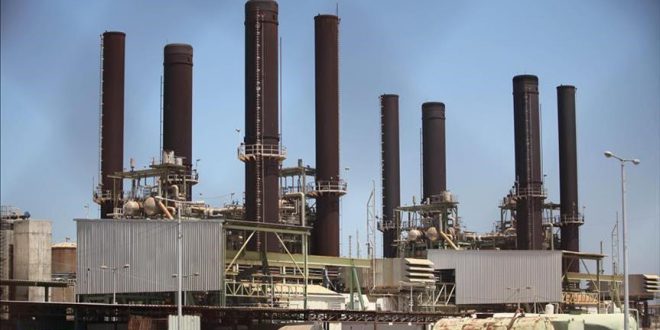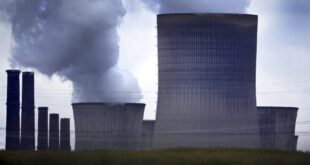India will test a plan to operate its underutilised natural gas-fired power generators as “peaker“ plants that can switch on quickly when there’s high demand. according to the country’s power planning body.
The project will start with four NTPC plants with a combined capacity of 2.3 gigawatts that will run only in the evenings. Central Electricity Authority chairman Pankaj Batra said in New Delhi. The agency envisions 20GW of gas-fired capacity being used as peaking stations to even out supply fluctuations from the large amount of renewable energy that’s set to be built by 2022. he said.
“The government will start testing the plan this month by operating one of NTPC’s gas-based power plants as a peaking station“ for nearly four hours in the evening. Batra said in an interview last week. adding that the three other plants will be online by the end of the year. State-owned GAIL India has agreed to supply gas to the four plants. he said.
India has an ambitious goal of installing 175GW of renewable energy by 2022. or a little more than the country’s current peak demand. as part of its Paris climate pledge to cut carbon emissions. Gas-fired power plants can play a role balancing the grid by maintaining uninterrupted electricity supply. especially when solar-fired generation peters out in the evenings and coal plants take time to ramp up.
The gas facilities will be run on fuel produced in India. which is in short supply. and running them as peakers will optimise use of the fuel. Mr Batra said. A shortage of domestic gas has kept the utilisation of India’s 25 gigawatts of gas-fired plants at about a fifth of total capacity. according to CEA data. The cost of gas imports for India makes the fuel uncompetitive with other sources of baseload power.
The CEA plans to seek separate tariffs for these plants from power regulator Central Electricity Regulatory Commission. Mr Batra said.
“Using gas power plants for peaking power and allowing them to recover operational and financial costs is a sensible move by the government.“ according to Ashish Sethia. head of Bloomberg NEF’s Asia Pacific Research.
“It can deliver multiple benefits like reducing stress on power plant owners and banks. raising utilisation of gas pipelines and providing a relatively low-cost solution for power grid balancing.“
 Iran Energy News Oil, Gas, Petrochemical and Energy Field Specialized Channel
Iran Energy News Oil, Gas, Petrochemical and Energy Field Specialized Channel




